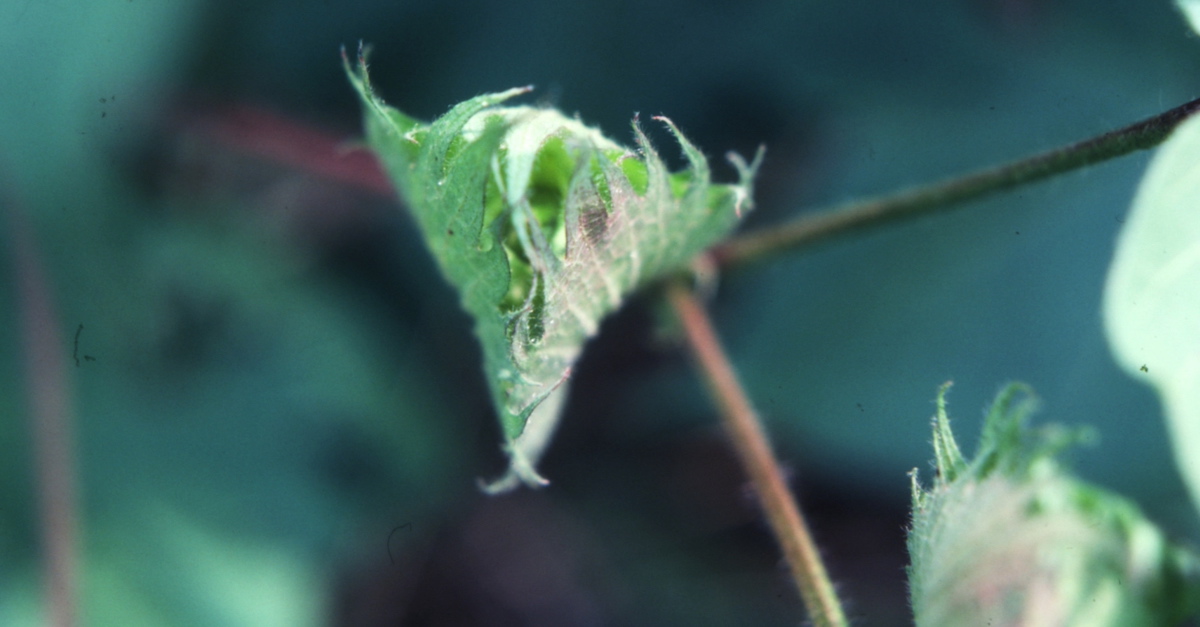Class of 09 Passes the Test
Delta and Pine Land didn’t officially unveil its five newest varieties, collectively called the Class of ’09, until the Beltwide Cotton Conferences in San Antonio in January. But one group of growers had some firsthand experience with DP 0912 B2RF, DP 0920 B2RF, DP 0924 B2RF, DP 0935 B2RF and DP 0948 B2RF during the last growing season.
114 producers from across the Cotton Belt were tabbed to participate in D&PL’s New Product Exposure plots. The varieties were grown side by side with other commercial varieties and given the same treatments. Often times they were lined up next to D&PL’s established varieties, such as DP 555 BG/RR and DP 444 BG/RR. Such was the case on John Willis’ operation in Brownsville, TN.
“All four of (the new varieties) actually beat my 444,” says Willis. Each of the new varieties yielded higher than Willis’s 444, with the 0920 variety yielding the most of the bunch. Willis wasn’t alone in seeing the 0920 variety’s capabilities.
“Especially on the dryland scenario, the 0920 and 0924 have had very good performance. Those two early to mid varieties both appear to be able to handle the dryland conditions very well,” says Dr. Dave Albers, who oversaw the data collected from the New Product Exposure plots as Delta and Pine Land’s U.S. Cotton Germplasm Manager.
Stable, Consistent Performance
“The one thing we have seen with the 0920 is that it is very stable, very consistent with its performance. Even though it does not have a 444 background, in a lot of ways its yield performance and stability across a range of conditions reminds us of 444,” says Albers.
D&PL’s other early-to-mid season maturing variety, 0924, also boasted some impressive yield numbers. Part of its selling point is that its fiber quality proved very good throughout the trials as well.
The 0912 variety is the earliest maturer of the Class of ’09, and its yield potential across a wide range of regions and soil types, irrigated or dryland, has D&PL’s researchers excited. Its performance was not lost on New Product Exposure participants who need more early-season options, like Willis.
“We need to have an early maturing cotton that yields and also has good grades. One of the biggest problems we’ve had in the last 9 or 10 years is that, even though we’ve had choices, most of our early season variety choices were not really the top yielders,” says Willis. “I’ve always been a big believer in not putting all your eggs in one basket, so I’ve planted around three to five varieties. I think that these cottons, as well as some others, will give us much better options in the future.”
The 0935 variety, a mid-maturing variety, boasted gin turnouts similar to 555 during the trials. Perhaps its most attractive trait is that it is nectariless, making it much less attractive to the plant bugs that have pestered Mid-South growers in recent years.
“When we’ve tested it against normal nectaried varieties, what we’ve seen is lower plant bug infestations, higher square retention and the potential for fewer plant bug sprays. Certainly we’ve seen lower plant bug populations,” says Albers.
Another variety D&PL is hoping will help fill the void left by the discontinuation of 555 is its 0949 variety. 0949 is a mid-to-full maturing variety that Albers says yielded with or ahead of the 555 yields. “It also had a step up in quality. It had a one staple to a staple-and-a-half longer fiber (than 555),” says Albers.
The group, as a whole, has the potential to succeed in several regions, according to Albers, who points out that the 0912 and 0935 varieties performed strongly in West Texas while the 0920 consistently performed well on dryland areas from Texas to Tennessee.
“We’ve seen good performance with the Class of ’09 with just about any market that growers are needing to fill, from the Texas market all the way to the East Coast,” Albers says.









